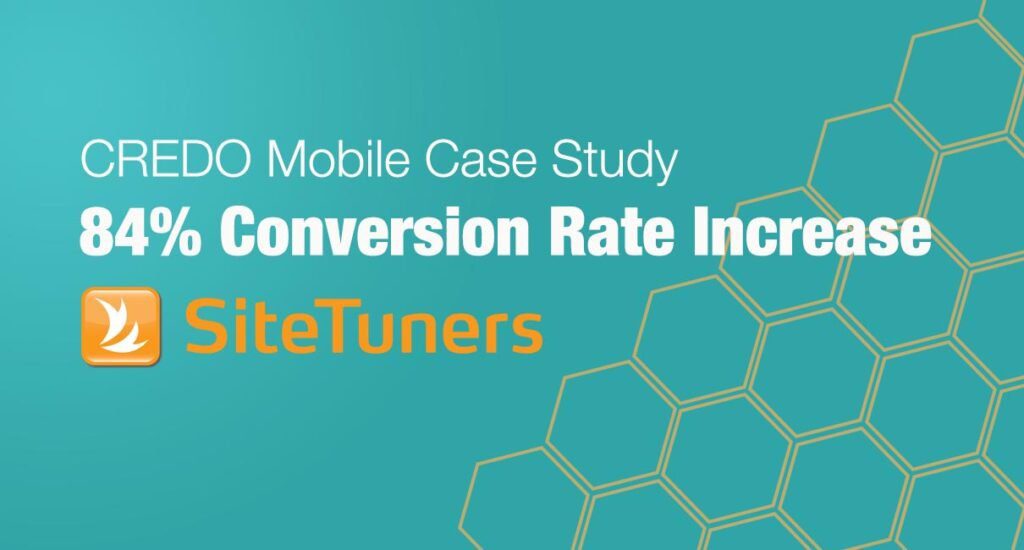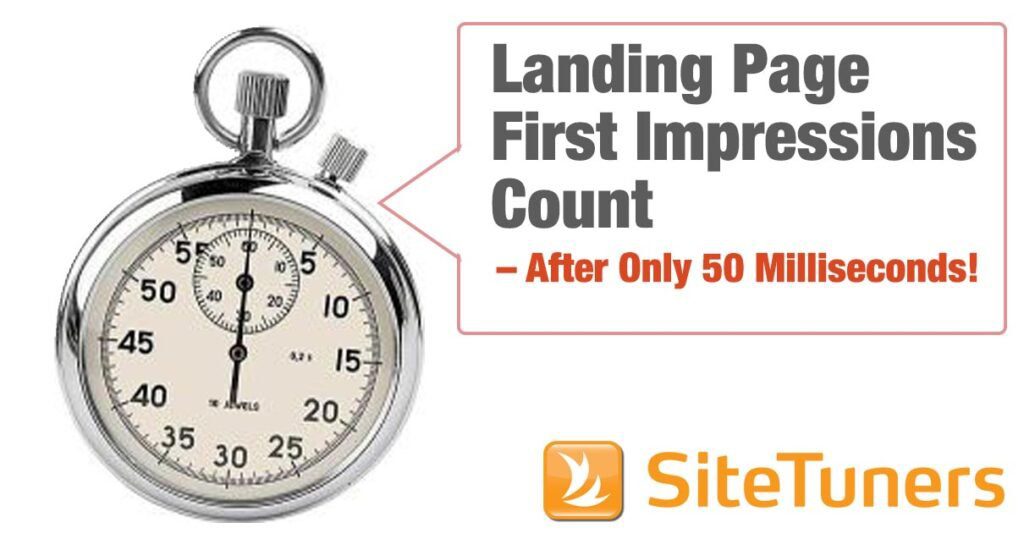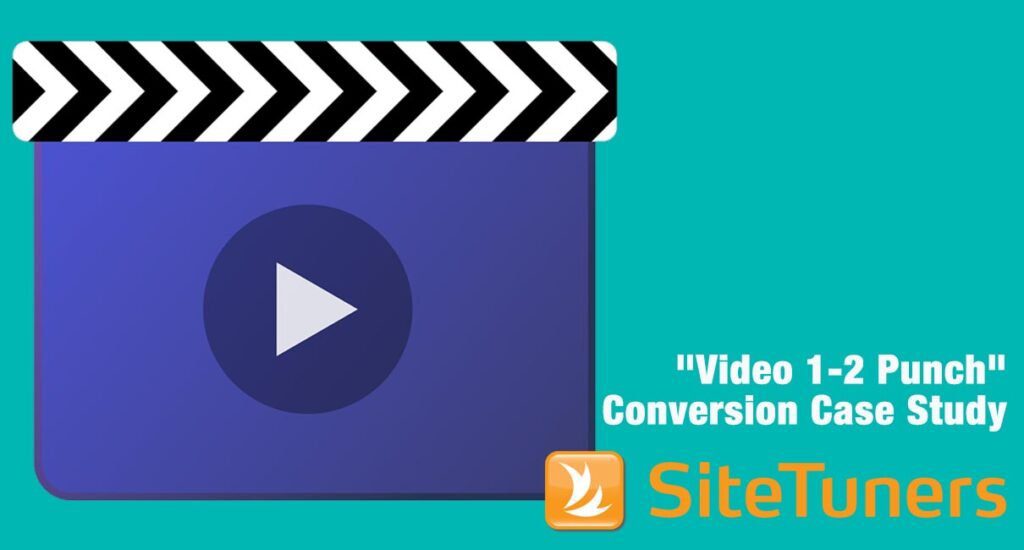Summary: If your SaaS website is still using “Book a Demo” as your primary CTA, you’re losing a lot of conversions, which can cost you both leads and revenue.
By utilizing a more trust-centered framework that focuses on user needs, offers multiple pathways, and includes trust at every step, you can see a big increase in conversion rates.
Our client, Commio, went from 8-50% using these methods. Read on to discover how and learn our tips.
Introduction: Common SaaS Conversion Rate Problems & Tips
What if I told you there was a simple change you could implement on your SaaS website that could increase your conversion rates by 500%… or more?
Sounds too good to be true, right?
Well, it’s not.
And in this blog, we’re going to share the exact framework that can turn more visitors into customers on your SaaS site.
Whether you are starting from scratch or optimizing an existing site.
This is not BS… It’s exactly what we achieved with Commio, a cloud voice and messaging provider.
They came to us with a problem we see time and time again on SaaS websites: they couldn’t convert their visitors. They were using the same tired “Book a Demo” call-to-action all over their homepages.
It’s boring and uninspiring.
And it could be costing you enormous amounts of revenue.
Commio came to us with a conversion rate between 6–8%.
After following our optimization advice, their conversion rate reached nearly 40%, and they’ve recently reported rates as high as 50%.
Keep reading to discover our SaaS conversion rate tips that can help you achieve a similar result.
The Problem with “Book a Demo”
Let’s start with the fundamental issue: “Book a Demo” is what we call a classic case of “greedy marketer syndrome.”
Think about it from your visitor’s perspective.
They’ve just landed on your site, they’re exploring your solution, and suddenly, they’re confronted with a button demanding something.
It’s like a door salesman catching you right as you leave for work.
“Book a Demo” suffers from three critical flaws:
- It’s bottom-of-funnel focused – You’re asking for a commitment when many visitors are still in research mode.
- It’s company-centric, not customer-centric – It focuses on what you want (to demo your product), not what the customer wants (to solve their problem).
- It creates unnecessary friction – It implies a time commitment and sales pressure that many prospects aren’t ready for. Cognitive friction kills conversion rates.
The Trust-Centered Conversion Framework
If you want your SaaS website’s conversion rates to be around the 40% mark, you need to follow our framework.
It’s built around 3 core principles.
1. Make It About the Visitor, Not Your Company
Your visitors don’t care about what you want.
It’s all about what THEY want.
Instead of “Book a Demo” (which is all about you showing off your product), try options like:
- “Speak with a [Industry] Expert”
- “See It in Action”
- “Get Expert Advice”
Notice how these frame the interaction as a benefit to the visitor, not a sales opportunity for you.
For example, when optimizing Commio’s site, we changed their primary CTA from “Get a Demo” to “See It in Action.”
We also added “Speak with an Expert” to help make the page more enticing and inspiring.
2. Provide Multiple Pathways for Different User Intents
Not every visitor to your site is at the same stage in their buying journey.
So you need to consider that in your design.
Yes, some might be ready for a demo, but others are still window shopping.
That’s why you need to provide multiple pathways that align with different stages of the buyer’s journey:
- Primary CTA – For visitors who are closer to making a decision (“See It in Action”).
- Secondary CTA – For visitors who need more information (“Learn More” or “Discover How It Works”).
By doing this, you acknowledge and accommodate various levels of buyer readiness.
That helps capture more conversions across the funnel.
On Commio’s site, we implemented both “See It in Action” and “Learn More” options.
However, you have to be careful with how you use “Learn More” because it implies work. We recommend testing this on your site with other options such as “Explore” or “Discover”.
3. Establish Trust at Every Step
Trust is the single most important aspect for more conversions.
When visitors trust your company, they’re far more likely to take action.
If they take action, you will generally earn more revenue.
Here are the key trust elements that should appear on your website and what we implemented on Commio’s website.
- Phone Number – Displaying a visible phone number in the top right of the homepage (not hidden in the footer) is one of the strongest trust signals available. We have tested this in countries all over the world. Real companies are reachable by phone.
- Trust Bars – Showcase customer logos, ratings, reviews, or industry recognition directly below your main CTAs. Basically, wherever you want your visitor to take action, there should be some trust close to that button.
- Varied Trust Signals – Change up your trust elements throughout the page to avoid “trust blindness”. This is where visitors start tuning out to the same trust symbols if they are used over and over again.
For Commio, we added their phone number prominently in the header and positioned trust elements strategically near CTAs to reinforce confidence at decision points.
Implementation: A Step-by-Step
Step 1: Rethink Your Primary Call-to-Action
Now it’s time to start implementing these SaaS conversion rate tips.
As we have outlined above, if your primary CTA is “Book a Demo” or something similar, get rid of it for these alternatives:
- “Speak with a [Your Industry] Expert”
- “See How [Your Product] Works”
- “Explore [Key Benefit] Solutions”
- “Test Drive the Platform”
Make it about your visitor.
Pro Tip: When selecting your CTA language, it is worth testing words like “discover” or “explore” instead of “Learn More.” While we used “Learn More” successfully with Commio, it may not be as effective for your audience, so you need to test it for yourself.
Step 2: Design your Landing Page for Conversion
Once you’ve updated your CTA, ensure your landing page delivers on that promise.
If your button says “See It in Action,” your landing page should focus on showing the product in action, not just collecting contact information.
Deliver on what you promise. As we say to our prospects: “Do not lie to your visitors!”
Here are some key elements of a high-converting landing page we successfully used with Commio:
- Message Match – The headline on your homepage should echo the promise made in your CTA.
- Benefit-Oriented Statements – Use checkboxes (not just bullet points) to highlight key benefits on your page. It might sound crazy, but it’s a psychological principle of persuasion that we have tested time and time again.
- Supporting Trust Elements – Include relevant testimonials, star ratings, or credentials.
For example, Commio’s high-performing landing page featured checkboxes highlighting the benefits of seeing their solution in action, along with trust elements positioned below.
This blog goes through, in detail, 6 Steps to a Conversion-Focused Web Design to help you further.
Step 3: Minimize Form Fields
Every single extra field on a form reduces conversions by 10%.
So remember that when you go asking for too much data upfront.
Being creepy and asking for unnecessary details will kill your conversions.
While your sales team might want it, visitors are often reluctant to share excessive personal information before establishing value.
The ideal approach:
- Collect only essential information in the initial form
- Save additional qualifying questions for the actual conversation
- Test different form layouts and field requirements
Step 4: Add Trust Elements
Strategically place trust signals throughout your conversion funnel:
- Homepage – Include a trust bar below your main CTAs.
- Landing Pages – Add relevant testimonials or reviews specific to the action being taken.
- Form Areas – Place reassurance messaging near submit buttons, such as “We respect your privacy.”
Trust is one of the most effective and important SaaS conversion rate tips you can implement right away.
Step 5: Test and Optimize
Finally, and most importantly, don’t rest on your laurels.
CRO is not a set-it-and-forget-it strategy. The work is not finished.
You need to continually test to improve your conversion rates.
Start with your main homepage CTA.
- Test landing page layouts and messaging
- Experiment with form lengths and fields
- Try different trust signals and placements
Many small improvements add up.
Real-World Results: Beyond Commio’s Success
Commio’s results were exceptional.
Moving from 6–8% conversion rates to 40–50% is difficult, but they’re not alone.
We’ve seen similar transformations across numerous companies, not just in the SaaS space.
The beauty of this framework is its versatility.
Whether you’re in fintech, healthcare, marketing technology, or any other SaaS category, the principles remain effective because they address fundamental human psychology around trust and decision-making.
FAQs and Objections
“Won’t we get unqualified leads if we make it too easy to convert?”
This is a common question we get asked at SiteTuners.
However, our experience working with over 2,100 clients shows that, while you may get some additional unqualified leads, the big increase in the total volume of leads more than makes up for it.
“Our sales team insists they need all these form fields.”
Challenge your sales team to identify which information they absolutely need before a conversation versus what they could learn during the call.
Often, they’ll realize many fields are “nice to have” rather than essential.
“We’ve already invested in our current website design.”
The beauty of this framework is that it doesn’t require a complete website overhaul.
Start by changing your CTAs and landing pages, then expand to other elements as you see results.
Conclusion: Time to Transform Your SaaS Conversions
Here’s something that might surprise you:
The SaaS companies crushing it right now aren’t necessarily those with the most features or even the best products.
They’re the ones that convert website visitors into customers most effectively.
By implementing this trust-centered conversion framework, you can dramatically improve your website’s performance:
- Make it about the visitor, not your company
- Provide multiple pathways for different user intents
- Establish trust at every step
The results speak for themselves.
Commio saw their conversion rates increase by 500%, from around 8% to 40-50%, simply by implementing these principles.
Ready to see similar results for your SaaS website? Implement these conversion rate tips.
Check out our detailed case study on how we transformed Commio’s conversion performance, or speak with a conversion expert today to learn how we can help you achieve breakthrough results.
Remember, your website visitors don’t want to “Book a Demo”…
They want solutions to their problems.
Give the people what they want.


